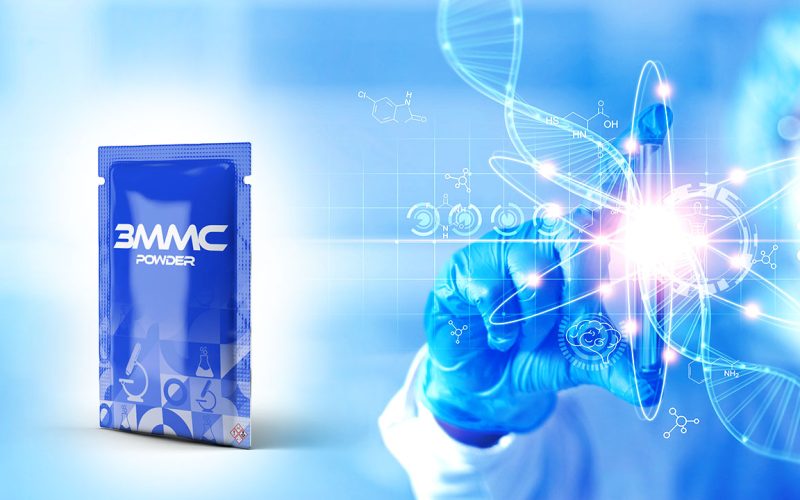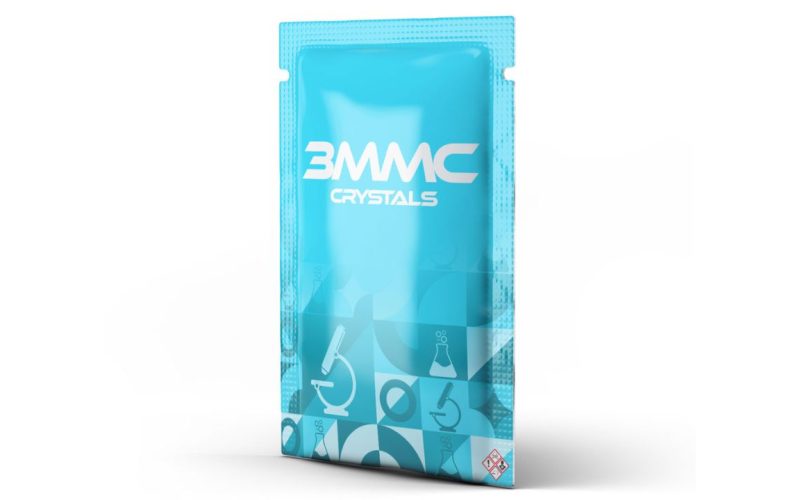
Embracing the Future: A Deep Dive into 3MMC Experiences
In the realm of psychoactive substances, 3-Methylmethcathinone, known as 3MMC, has emerged as a point of interest for both researchers and users alike. This exploration aims to dissect the multifaceted experiences associated with 3MMC, sticking closely to the narratives, scientific findings, and the broader implications of its usage. As we embark on this journey, it’s crucial to navigate the topic with a sense of responsibility and a commitment to providing accurate, unbiased information.
Understanding 3MMC: The Basics
3MMC is a synthetic stimulant, part of the cathinone class, which is structurally similar to methcathinone and has close relations to the naturally occurring compound cathinone found in the khat plant. It’s known for its psychoactive properties which can include euphoria, increased energy, sociability, and sensory enhancement. Despite its recreational popularity, 3MMC sits in a grey area legally in many countries, leading to varied accessibility and regulation.

The 3MMC Experience: What Users Report
Individuals who have experimented with 3MMC often report a surge of euphoria, heightened alertness, and an increased feeling of empathy and connection with others. These effects are typically sought after in social settings, such as parties or clubs, where the stimulation and sociability can enhance the experience. However, it’s not without its downsides. Users also report potential negative effects, including anxiety, paranoia, and physical symptoms such as increased heart rate and blood pressure, dehydration, and insomnia.
We only sell our products to customers aged 18 years or over, for purposes of research only.
The Scientific Perspective
Research on 3MMC is ongoing, with scientists aiming to understand its pharmacology, potential for dependence, and long-term effects on the human body. Studies have indicated that 3MMC acts on the brain’s reward system, leading to the release of dopamine and serotonin, which accounts for its euphoric and stimulant effects. However, this same mechanism can lead to potential abuse and dependency, raising concerns about its safety and the need for regulation.
Societal and Legal Implications
The rise in the use of 3MMC has prompted discussions among policymakers, healthcare professionals, and the public about the best approach to manage its distribution and consumption. Some countries have moved to classify 3MMC as a controlled substance, citing public health concerns and the potential for abuse. This regulatory landscape is continually evolving, reflecting the tension between harm reduction and the freedoms of individual choice.
Harm Reduction and Safe Practices
Amidst the debates and experiences, harm reduction emerges as a crucial theme. Advocates for harm reduction stress the importance of educating potential users on safe practices, recognizing signs of dependence, and seeking help when needed. This includes advice on dosing, understanding the substance’s purity, staying hydrated, and never using alone. The goal is to minimize risks while acknowledging the reality of substance use in society.

Conclusion: A Complex Tapestry
The experiences and implications of 3MMC use weave a complex tapestry that challenges simple categorization. It stands at the intersection of pleasure and risk, freedom and regulation, highlighting the nuanced reality of psychoactive substance use in modern society. As we continue to unravel the layers of 3MMC experiences, it becomes evident that our approach must be multifaceted, balancing the pursuit of knowledge with a commitment to safety and well-being.
This article does not aim to glorify or promote the use of 3MMC but rather to provide a comprehensive overview of its many dimensions. By staying strictly within the bounds of our topic, we’ve explored the essence of 3MMC experiences, contributing to the ongoing dialogue with a focus on education, safety, and understanding.
Have Any Questions
We've answers
Users often report feelings of euphoria, increased alertness, enhanced sociability, and sensory amplification. However, negative effects such as anxiety, paranoia, and physical symptoms like increased heart rate and insomnia are also noted.
3MMC is known to act on the brain’s reward system, leading to the release of neurotransmitters like dopamine and serotonin. This action is responsible for its euphoric and stimulant effects but also contributes to the substance’s potential for abuse and dependency.
Yes, due to its impact on the brain’s reward system, there is a potential for 3MMC to lead to psychological and physical dependency. Users should be aware of the risks and signs of addiction.
There is a growing dialogue among policymakers, healthcare professionals, and the public about how to manage the use of 3MMC. Discussions often focus on harm reduction, public health implications, and the need for research and education.
Support varies by region, but many countries offer addiction services, hotlines, and counseling for those affected by substance use. It’s advised to contact local health services or a trusted healthcare provider for specific support options.
We only sell our products to customers aged 18 years or over, for purposes of research only.


